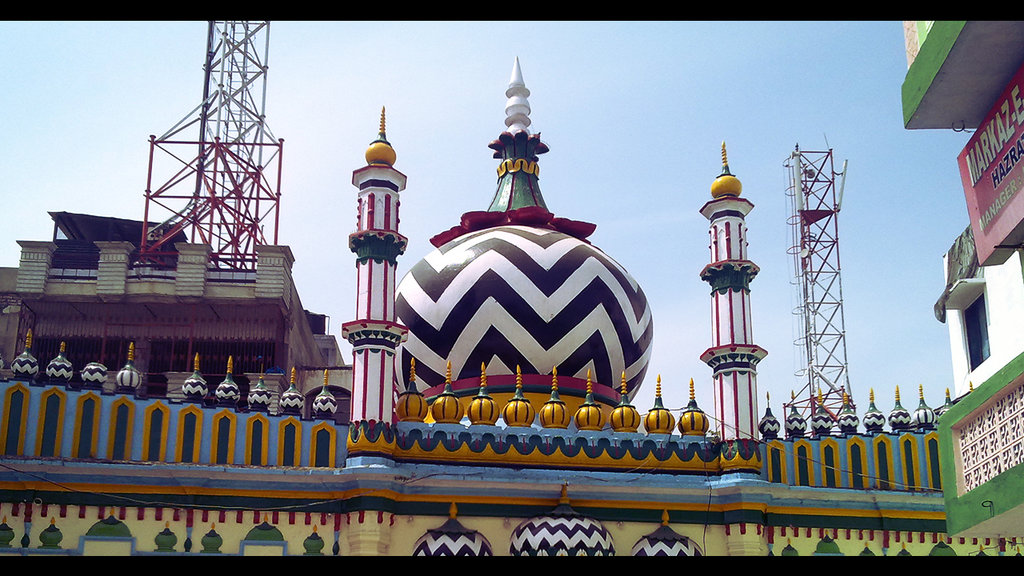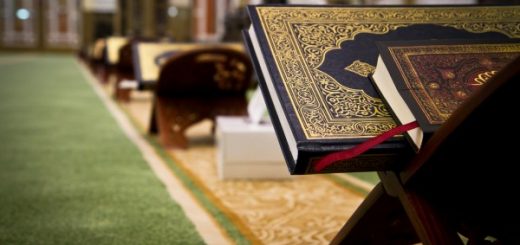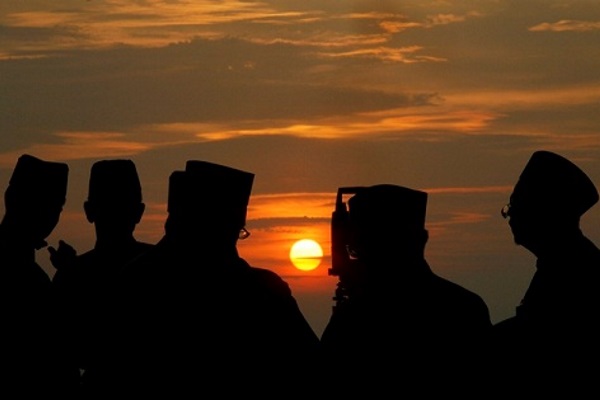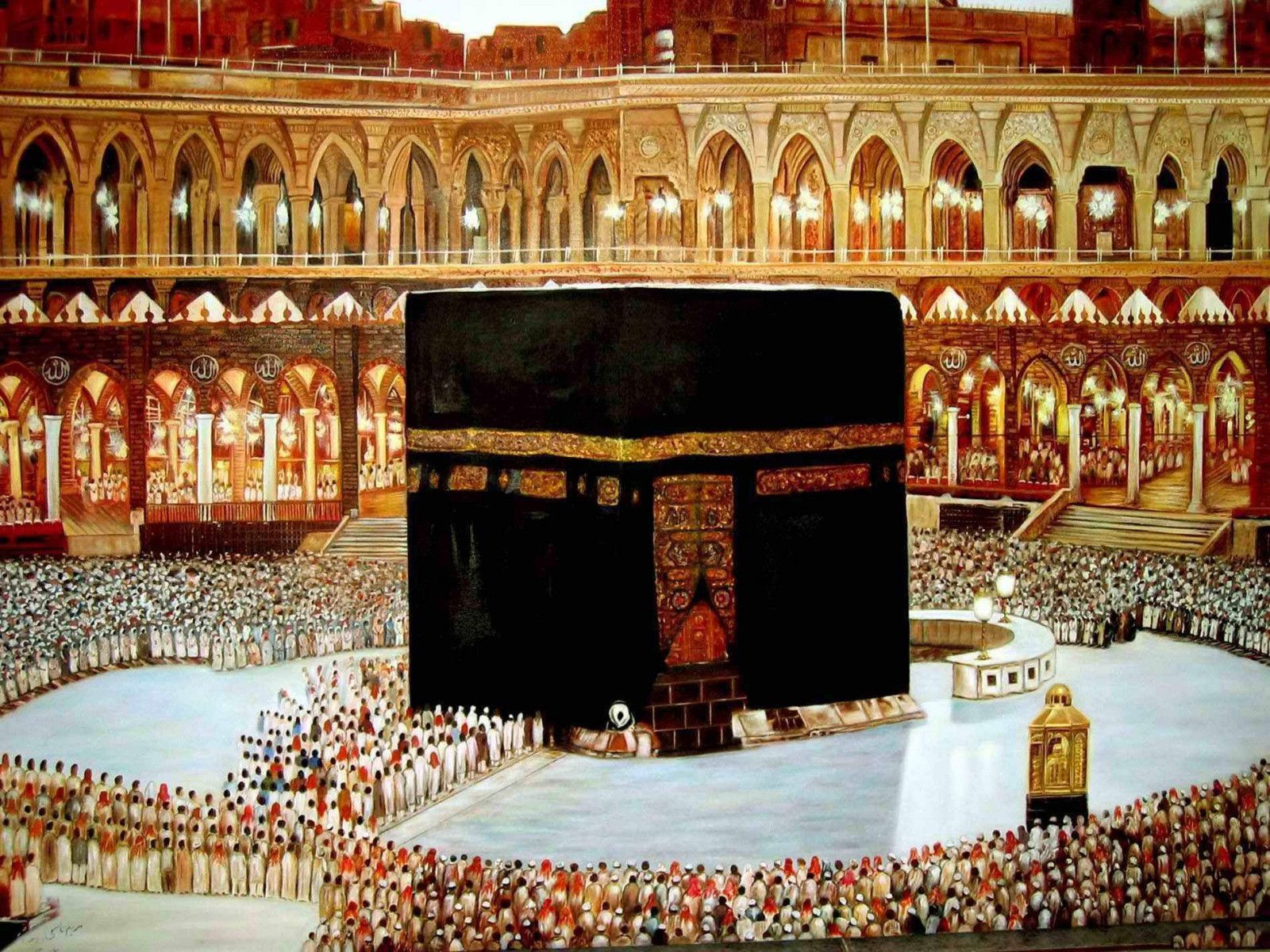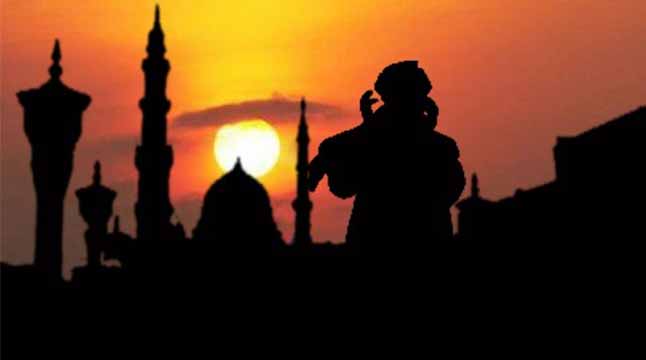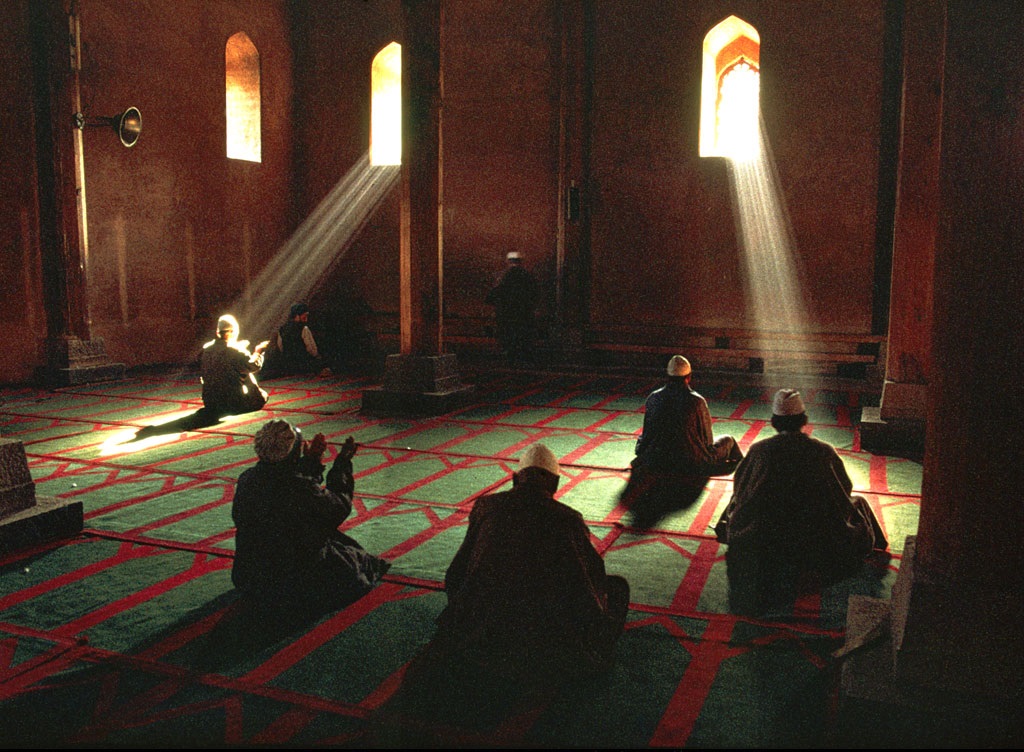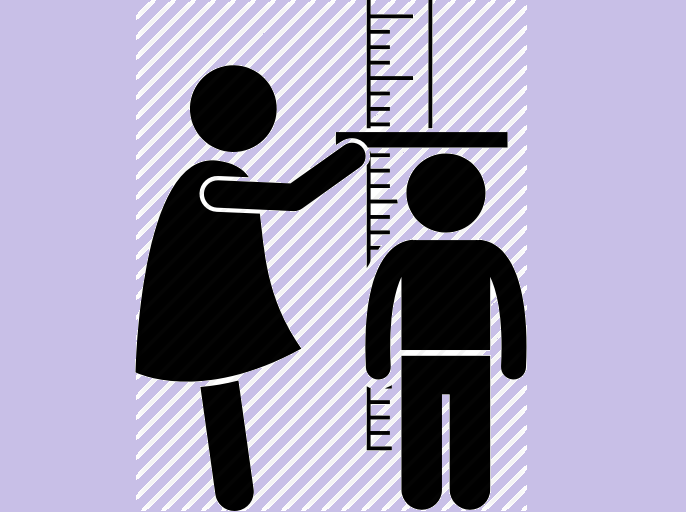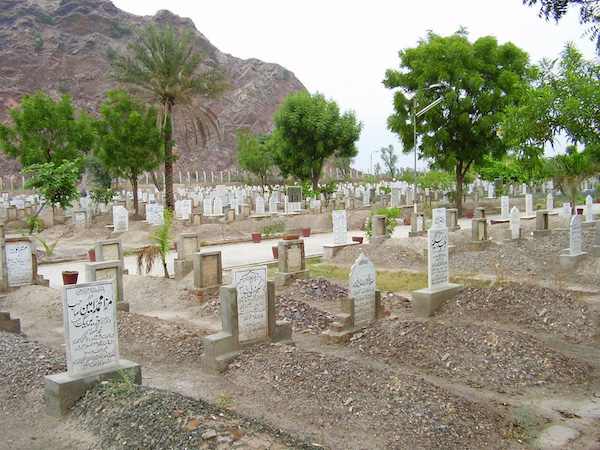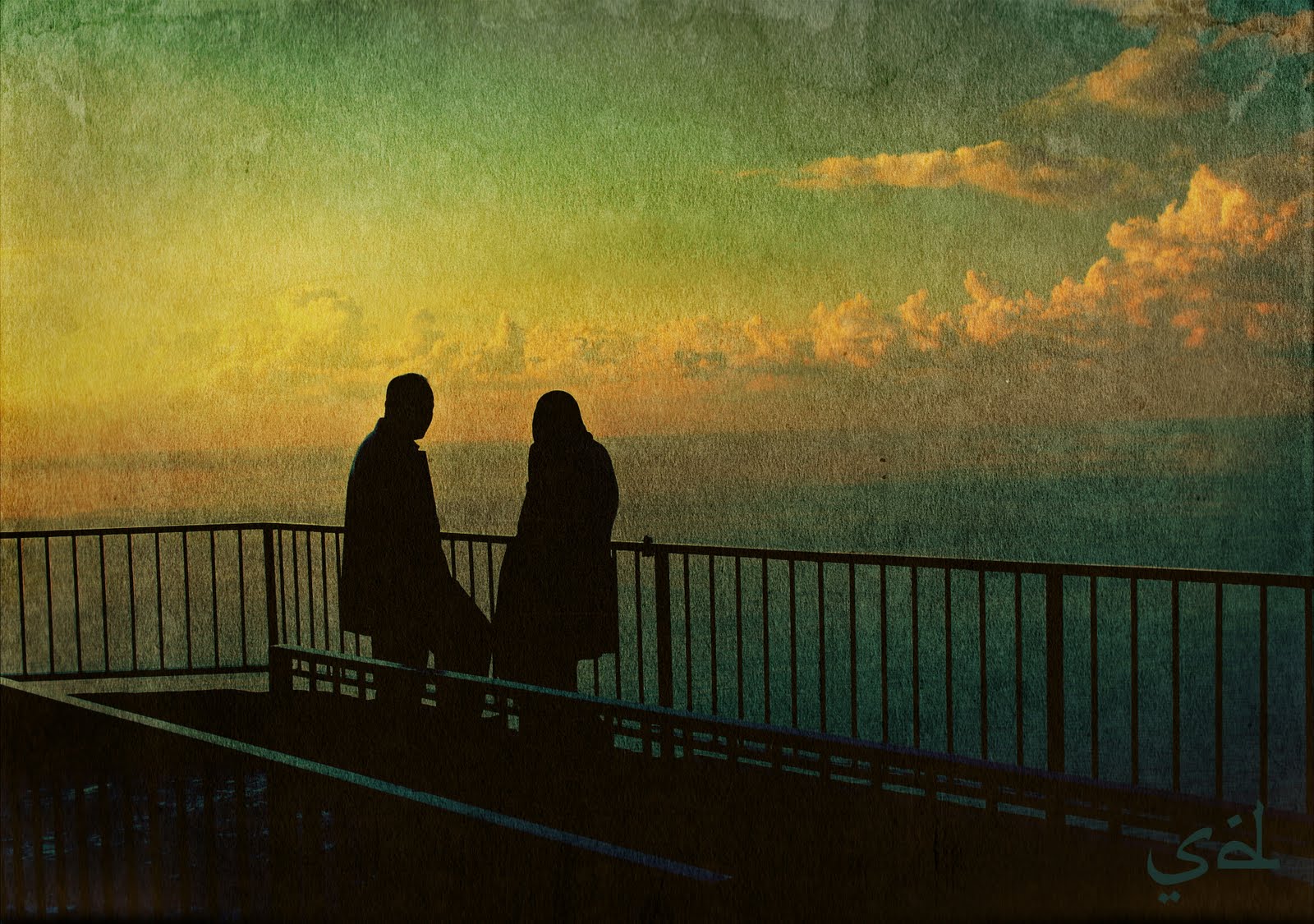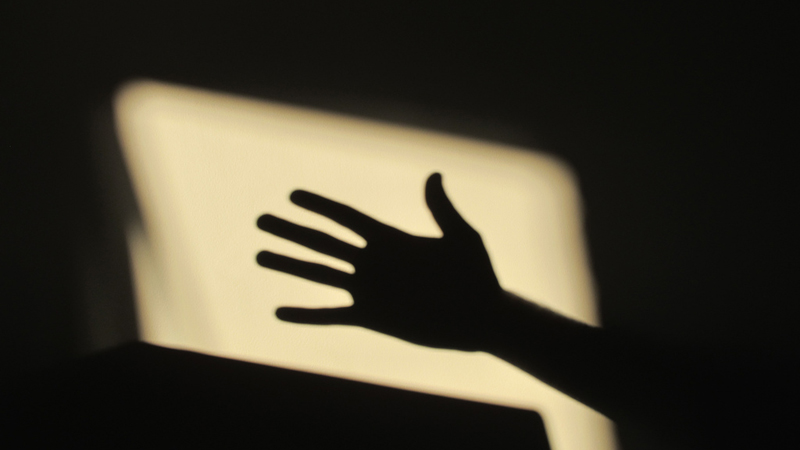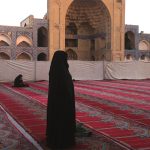QUESTION:
What do the scholars of the Din and muftis of the Sacred Law state regarding the following issue, that what is the correct method of presenting oneself at the mazār [shrine] of a pious saint as well as the graveyard?
Questioner: Imran from UK
ANSWER:
بسم اللہ الرحمن الرحیم
الجواب بعون الملک الوھاب اللھم ھدایۃ الحق والصواب
One should present themselves towards the feet of a pious saint and stand 4 handspans away from their blessed face. Then one should read in a mid-tone manner,
اَلسَّلَامُ عَلَيْكَ يَا سَيِّدِيْ
Then read Durūd Sharīf 3 times, Sūrah al-Fātihah once, Sūrah al-Ikhlās 3 times and then Durūd Sharīf 3 times again for īsāl of [i.e. to reach] the soul of the pious saint, saying that I am presenting the reward of this recitation for such and such pious saint, then one should present one’s request. For example, O’ Allāh, please bestow me with male offspring for the sake of this pious saint or please grant me success in my court case, etc.
Just as Sayyidī Alā Hazrat Imām Ahmad Ridā Khān, may Allāh shower mercy upon him, states, ‘When presenting oneself at a blessed shrine, one should walk towards the feet and stand at a minimum distance of 4 handspans from their face, and respectfully request in a mid-tone manner
اَلسَّلَامُ عَلَيْكَ يَا سَيِّدِيْ وَ رَحْمَةُ اللهِ وَ بَرَكَاتُهُ
Then recite Durūd e Ghawhiyyah thrice, Sūrah al-Fātihah once, Āyah al-Kursī once, Sūrah al-Ikhlās 7 times, then Durūd e Ghawthiyyah 7 times, and if time allows, Sūrah Yāsīn and Sūrah al-Mulk also and then supplicate to Allāh Almighty, saying, ‘O Allāh, please bestow upon me the amount of reward of this recitation which is of your generosity, not of that which is of my action, and make it reach this accepted person as a gift on my behalf.’ Then one should supplicate for one’s permissible cause and make the soul of the sacred person a wasīlah [i.e. means] in the Majestic Court of Allāh Almighty [in other words, O’ Allāh, please rid me of my difficulty for the sake of this pious saint]. Then performing salām as so, one should return not touching the shrine nor kiss it, and performing tawwāf [circumambulating] around it is impermissible by agreement and sajdah unlawful.
[Fatāwā Ridawiyyah, vol. 9, pg. 523]
When one enters the graveyard, one should become attentive towards it and recite;
اَلسَّلَامُ عَلَيْكُمْ يَا أهْلَ الْقُبُوْرِ، يَغْفِرُ اللهُ لَنَا وَ لَكُمْ، أنْتُمْ سَلَفُنَا وَ نَحْنُ بِالْأثَرِ
As this is proven from Sunnah and is narrated from the Holy Prophet ﷺ.
Just as it is mentioned in Tirmidhī Sharīf,
“عَنْ ابن عباس، قَالَ: مَرَّ رَسُولُ اللَّهِ صَلَّى اللَّهُ عَلَيْهِ وَسَلَّمَ بِقُبُورِ الْمَدِينَةِ، فَأَقْبَلَ عَلَيْهِمْ بِوَجْهِهِ، فَقَالَ: ” السَّلَامُ عَلَيْكُمْ يَا أَهْلَ الْقُبُورِ، يَغْفِرُ اللَّهُ لَنَا وَلَكُمْ، أَنْتُمْ سَلَفُنَا وَنَحْنُ بِالْأَثَرِ“
“Sayyidunā ‘Abdullāh ibn ‘Abbās, may Allāh be pleased with them, states that the Noble Messenger ﷺ passed by the graves of al-Madīnah, so he ﷺ turned his blessed face towards them and said,
‘اَلسَّلَامُ عَلَيْكُمْ يَا أهْلَ الْقُبُوْرِ، يَغْفِرُ اللهُ لَنَا وَ لَكُمْ، أنْتُمْ سَلَفُنَا وَ نَحْنُ بِالْأثَرِ‘”
‘Peace be upon you O inhabitants of the grave! May Allah forgive us and you; you are our predecessors and we are to follow you.’”
[Sunan Tirmidhī, Hadīth no. 1053]
If someone recites what was mentioned above and sends this as a reward to those are buried in the graveyard, he will also be given the same amount of reward he sent them. If he wants to go to a specific grave and recite Fātihah, then he should bear in mind that if the pathway in the graveyard is old, meaning made many years ago, then he is permitted to walk on it because here, it is more likely to be the case that it wouldn’t have been made having gotten rid of some graves. However, if the pathway is new, then he should definitely not walk on such because here, it is more likely to be the case that it would have been made having gotten rid of some graves, and the prohibition of walking and sitting on graves is proven from authentic Hadīths.
It is narrated in a Sahīh Hadīth by Hākim and Tabarānī from Sayyidunā ‘Umārah Bin Hazm, may Allāh be pleased with him, that ‘The Holy Prophet ﷺ saw me sitting on a grave, so he ﷺ said,
“یاصاحب القبر، انزل من علی القبر لاتؤذی صاحب القبر ولا یؤذیک“
“Come down from the grave, if you do not cause distress to the deceased, the deceased will not cause distress to you.”
[Sharh al-Sudoor, pg. 126]
Imām Ahmad, may Allāh have mercy upon him, narrates from the chain of Sayyidunā ‘Amr Bin Hazm, may Allāh be pleased with him, that he (Sayyidunā ‘Amr Bin Hazm) said that ‘The Holy Prophet ﷺ saw me leaning on a grave, he ﷺ stated,
“لا تؤذی صاحب ھذاالقبر”
“Do not cause distress to this deceased person.”
Or stated
“لا تؤذہ“
“Do not cause distress to him.”
[Mishkāt al-Masābīh, pg. 149]
To conclude, Sayyidī Alā Hazrat Imām Ahmad Ridā Khān, may Allāh have mercy upon him, states that walking on the graves is prohibited, with shoes or not; it is the strict disrespect of Muslims. Yes, it is permissible to walk on an old pathway under which there is no grave, even if one is wearing shoes. Tying horses, setting ones sleeping place, sleeping and sitting on graves are all prohibited.
[Fatāwā Ridawiyyah, vol. 9, pg. 406]
One can make many intentions when visiting the graveyard, for example, I will visit the graves in order to contemplate and remember death, also having acted upon the saying of the Noble Messenger ﷺ, I will earn the reward Prophet acting upon the blessed Hadīth and will attain blessings from the graves of the pious, meaning I will supplicate in the Majestic Court of Allāh, etc.
واللہ تعالی اعلم ورسولہ اعلم صلی اللہ علیہ وآلہ وسلم
کتبہ ابو الحسن محمد قاسم ضیاء قادری
Answered by Mufti Qasim Zia al-Qadri
Translated by Haider Ali
Read the original Urdu answer here: [Q-ID0531] What is the method of visiting a shrine of a pious saint and a graveyard?
Also see:
[Q-ID0364] Should we plant trees and grass on graves? Do they help the deceased?
[Q-ID0447] What is the ruling on women visiting graveyards and shrines of the pious?
[Q-ID0598] Can women visit graveyards or shrines of the pious with male mahrams?
[Q-ID0847] Is it permissible to visit the graveyard between ‘Asr and Maghrib?
